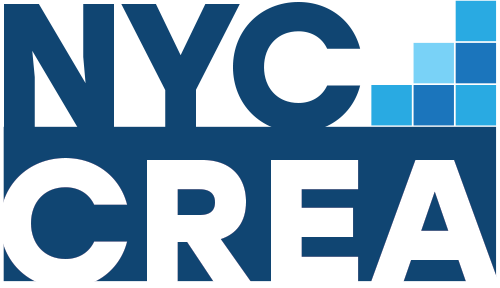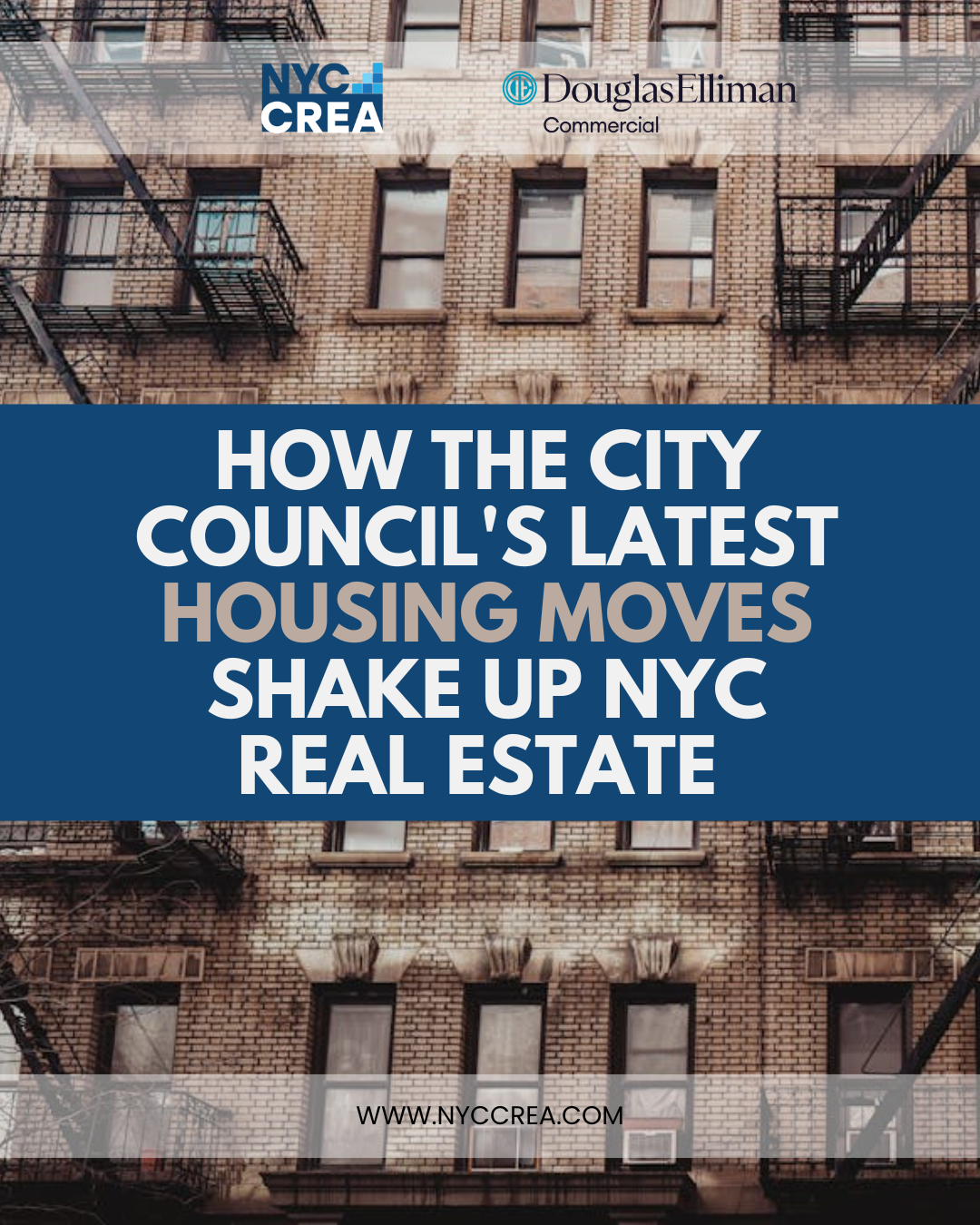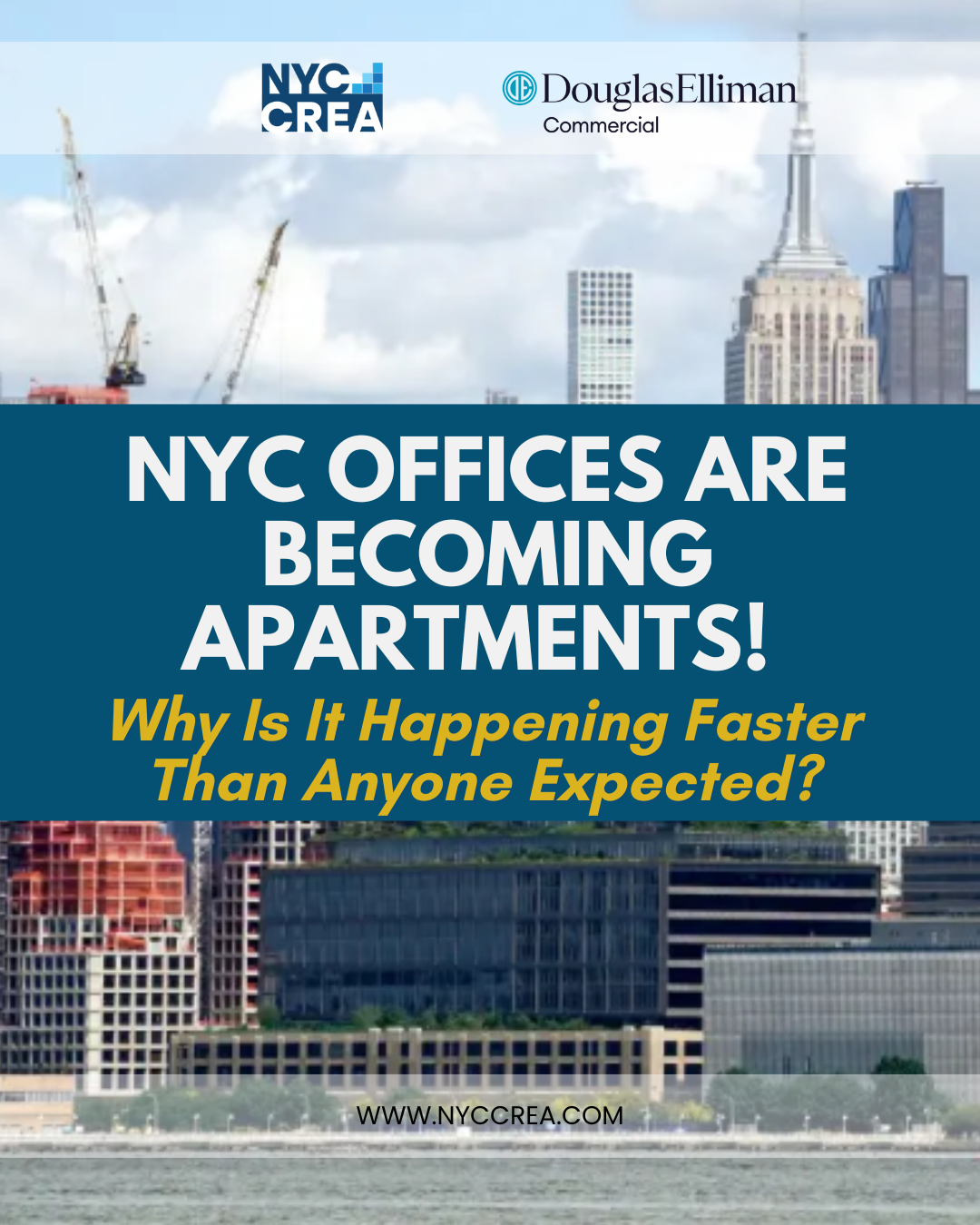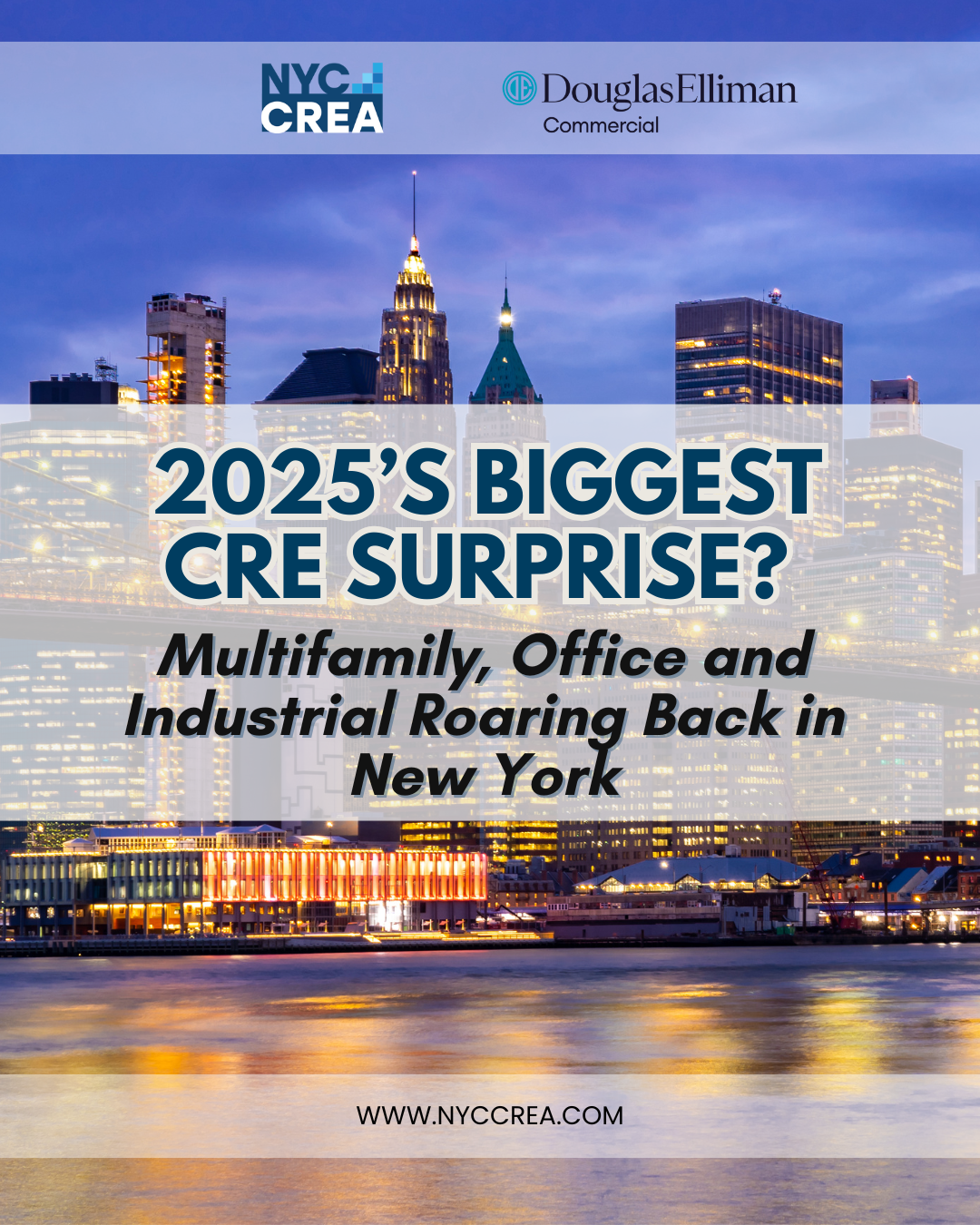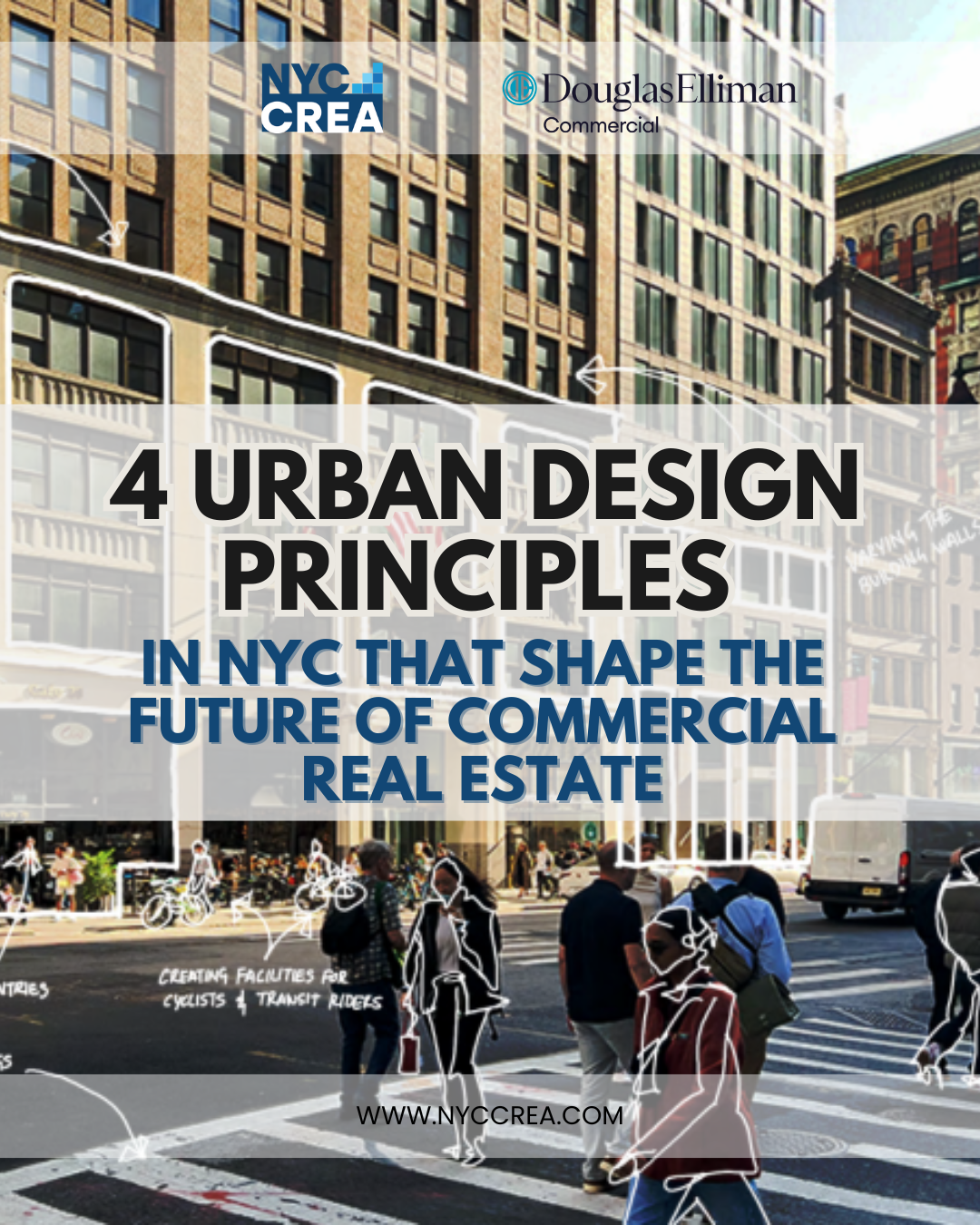May 14, 2025
- Midtown Manhattan’s core submarkets exceeded pre-pandemic office leasing activity in 2024, with 10.6 million sq. ft. leased—10% above the 2015–2019 average.
- Sixth Avenue/Rockefeller Center emerged as a leader, with 4.49 million sq. ft. of leasing velocity and ten 100,000+ sq. ft. deals in just 14 months.
- Law and financial services sectors are driving demand, accounting for 72% of transactions in the Sixth Avenue/Rockefeller Center submarket.
While global commercial real estate markets are still wrestling with the lingering effects of economic headwinds and the structural shifts prompted by hybrid work models, pockets of strength in the office market are emerging—most notably in Manhattan’s Midtown core. Submarkets like Park Avenue, Fifth/Madison Avenue, Grand Central, Sixth Avenue/Rockefeller Center, and the Plaza are not just recovering—they’re outperforming historical norms.
The Midtown core registered 10.6 million square feet (MSF) of office leasing activity in 2024, a striking 10% higher than the pre-pandemic average of 9.6 MSF from 2015 to 2019. This recovery is not uniform across all office markets but rather concentrated in submarkets with superior infrastructure, desirable locations, and buildings that have been substantially modernized. The early months of 2025 indicate this upward momentum is continuing, providing a glimmer of optimism for landlords and investors navigating a still-fragile national office landscape.
Among these success stories, Sixth Avenue/Rockefeller Center stands out as a case study in resilience and evolution. Over the past 14 months, the submarket has led Manhattan in large transactions, seen substantial tenant interest, and reaped the benefits of a long-term investment strategy. As leasing volumes increase and availability tightens, this revival is reshaping perceptions of Manhattan’s office market and offering critical lessons for commercial real estate stakeholders nationwide.

Record Performance in Leasing
1. Leasing Volume Surpasses Pre-Pandemic Levels
Eclipsing the 2015 to 2019 average, Midtown’s core leasing activity in 2024 marks one of the strongest signs of resilience in the global office sector, with a clear message: top-tier assets in prime locations remain in demand. Leasing activity in early 2025 continues to exceed historic norms, driven largely by companies seeking proximity to transit hubs, modern infrastructure, and attractive amenities. These high-performing office assets have bucked broader trends of vacancy and stagnation seen in other cities and less desirable buildings.
2. Sixth Avenue/Rockefeller Center Emerges as a Powerhouse
Over a 14-month span from early 2024 through February 2025, Sixth Avenue/Rockefeller Center recorded 4.49 million sq. ft. of leasing velocity, ranking third across all Manhattan submarkets—behind only Park Avenue and Grand Central. This included ten major deals exceeding 100,000 sq. ft., underscoring the submarket’s appeal to large tenants with long-term commitments. Notably, law and financial services firms have been dominant players, accounting for 72% of all transactions, signaling a concentration of high-credit tenants returning to the office in force.
3. Investment in Infrastructure Driving Demand
The appeal of Sixth Avenue/Rockefeller Center is no accident. Over the past 15 years, more than $1.5 billion has been invested in building upgrades within the submarket. These renovations enhanced floorplate efficiency, incorporated abundant amenities, and modernized systems—qualifying many as “Better Buildings.” As of March 1, 2025, 11 blocks of 100,000+ sq. ft. were available in the submarket, but eight of these were in Better Buildings and already seeing pending deals. The availability rate has dropped 130 basis points in the past three months to 13.4%, approaching equilibrium (10–12%). For Better Buildings alone, availability stands even lower at 10.3%, signaling a healthy balance between supply and demand.

Constraints in Supply and Balance
While the Midtown core and submarkets like Sixth Avenue/Rockefeller Center are thriving, this resurgence is not representative of the broader office market. Many other Manhattan submarkets and office buildings, particularly those lacking modern amenities or located farther from transportation hubs, continue to struggle with high vacancies and diminished leasing interest. This bifurcation in performance may widen further as tenant preferences become more entrenched, potentially leading to long-term obsolescence for lower-quality assets.
The availability rate in Sixth Avenue/Rockefeller Center has tightened considerably—falling to 13.4%, and just 10.3% in Better Buildings. While this suggests strong leasing health, it also introduces potential constraints. With only 11 large blocks available and tenant demand still robust (over 1.5 million sq. ft. of tenants are actively evaluating space), landlords may find it increasingly difficult to meet size and layout requirements for large occupiers. This could force tenants to look elsewhere or delay decision-making. The market must balance between maintaining tight availability and ensuring enough high-quality space to attract future tenants.

Outstanding Start in 2025
The Midtown core’s recovery—especially the standout performance of Sixth Avenue/Rockefeller Center—demonstrates the power of strategic reinvestment and prime location in reviving demand for commercial office real estate. As of early 2025, leasing activity remains robust, Better Buildings are outperforming, and key tenant sectors are committing to long-term leases. The steep investments made over the past 15 years are clearly paying dividends, not only in terms of occupancy but also in tenant quality and long-term value.
However, this recovery remains uneven and vulnerable to broader economic conditions. Lower-quality assets and secondary submarkets are lagging, and the path forward depends heavily on macroeconomic stability. The bifurcation in demand underscores a deeper transformation in how office space is evaluated and leased.
Looking ahead to the remainder of 2025, the outlook for commercial real estate in Manhattan—particularly in the Midtown core—is cautiously optimistic. The continued interest from law and financial services firms, the scarcity of available large blocks in top-tier buildings, and pending transactions suggest further tightening in these high-performing submarkets. If economic uncertainty does not escalate dramatically, the current momentum could solidify, potentially pushing availability rates in Sixth Avenue/Rockefeller Center closer to the equilibrium range and signaling a new phase of stabilized recovery in Manhattan’s office market.
For more insights, guidance and solutions in commercial real estate in New York City and Western Nassau County NY, consult the experts from the New York City Commercial Real Estate Advisors at nyccrea.com
Reference:
The Midtown Core Returns to Normal with Sixth Avenue/Rockefeller Center Resurgent, CBRE
